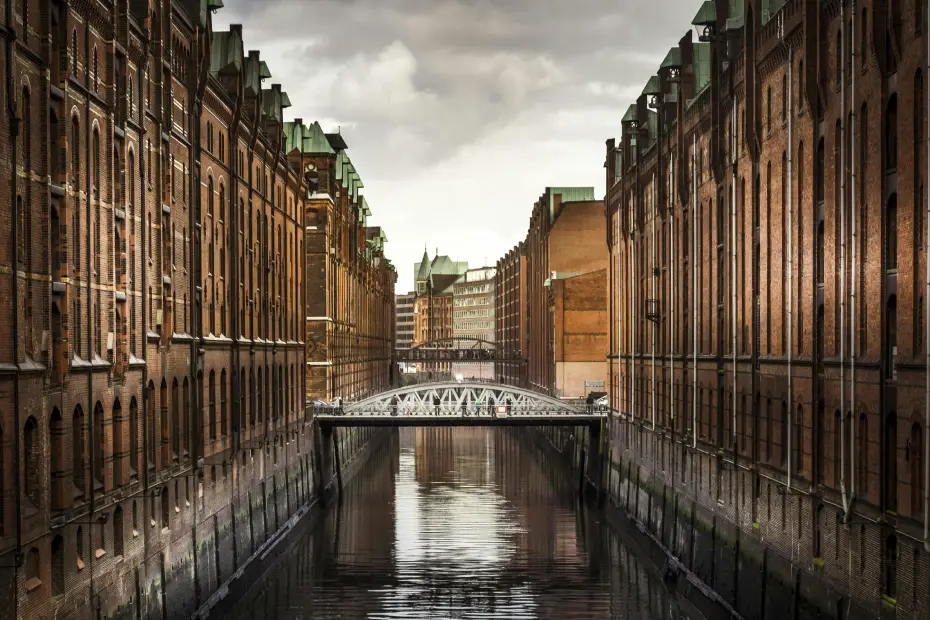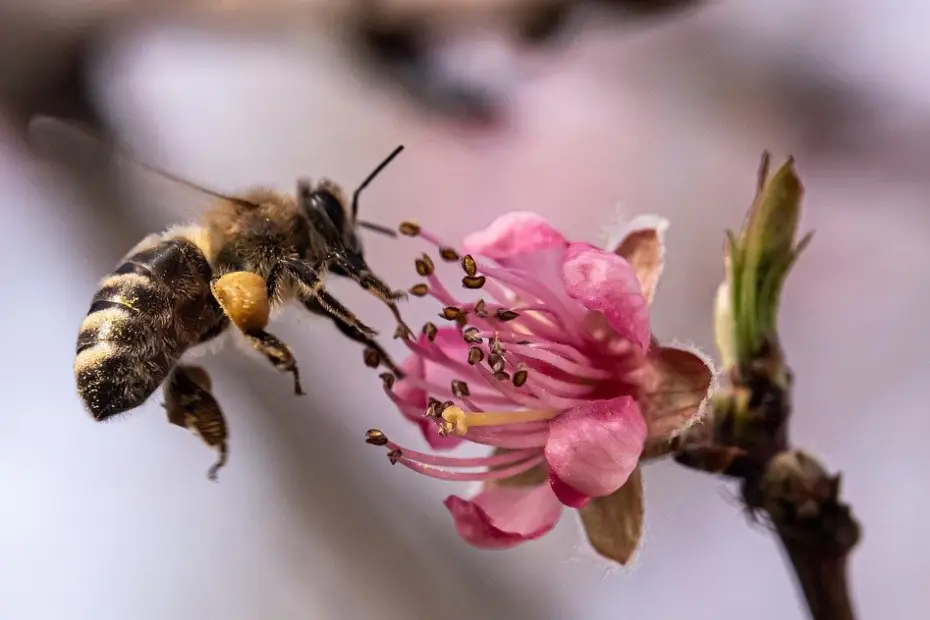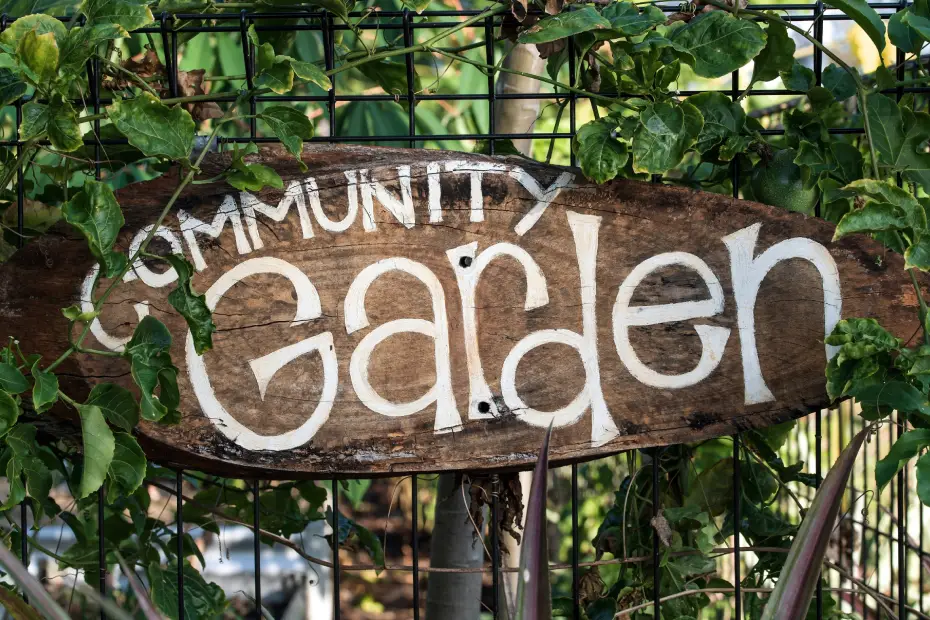Urban parks, which are frequently thought of as well-kept gardens with well-manicured lawns and thoughtfully positioned flowerbeds, have a hidden gem that is frequently overlooked. Beneath their deceptively tranquil surface is a world full with life, a biodiversity tapestry just waiting to be unveiled. With everything going on in the city, it might be simple to lose sight of the abundance of natural treasures that are right in front of us. However, a deeper examination reveals a startling variety of flora, fauna, insects, and other living things that make these urban refuges their home.
The complex web of life that exists in our cities is illuminated by the study of urban ecology, which examines the relationships between living things and their urban surroundings. It demonstrates that urban parks contribute significantly to biodiversity support and the provision of necessary ecosystem services, far from being sterile concrete jungles. The richness of urban parks is evidence of the adaptability and thriving of nature, even in the most unlikely locations, from the smallest insects pollinating flowers to the gigantic trees offering shade and pure air.
We will go on a voyage of discovery in this blog post, discovering the rich biodiversity that is there in front of our eyes and discovering the hidden gems of urban parks. We will explore the hidden lives of urban plants and animals, look at how urban ecosystems are delicately balanced, and learn about the significant effects these green areas have on both the health of our world and our well-being. So let’s venture off the usual route, become more aware of the beauty all around us, and discover the hidden gems that lie in store for us in the center of our cities.
The Secret Life of Urban Parks: A Closer Look at Hidden Habitats
Urban parks contain a surprising diversity of ecosystems that support a diverse range of species, despite their frequently tight size. Every habitat found in an urban park, from massive trees and serene ponds to expansive meadows and creative green roofs, provides special chances for life to flourish. For a variety of plants and animals, these secluded areas of nature, which are frequently nestled away from the main thoroughfares, offer vital resources and shelter.
As the towering icons of the urban environment, trees give urban parks a vertical element by serving as bat roosts, bird nesting sites, and squirrel and other small mammal feeding grounds. Their roots maintain the soil’s stability and guard against erosion, while their canopies produce a microclimate that controls humidity and temperature. A wide range of aquatic life, including fish, frogs, dragonflies, and water lilies, can be found in ponds and other bodies of water. Grasslands and meadows offer many areas for pollinators to flourish, drawing in bees, butterflies, and other advantageous insects. Even green roofs, which were formerly thought to be a novelty in architecture, are now important homes for birds, insects, and succulents, adding to the biodiversity of urban parks as a whole.
The animals that live in these urban environments have developed special adaptations that allow them to flourish despite the challenges presented by urban living. For example, squirrels have mastered the art of hunting for food in garbage cans and bird feeders, while birds have learned to maneuver across the complex network of buildings and electrical lines. Certain plants have evolved to withstand air pollution and compacted soils, but other plants have adapted to the variable temperatures and scarce water resources found in metropolitan settings. These adaptations provide as evidence of nature’s tenacity and capacity to persevere through the most trying circumstances.
Urban parks have a variety of ecosystems that are integrated to build a complex web of ecological connections. Understory plants, which in turn supply food and habitat for insects and other tiny creatures, benefit from the shade and cover that trees offer to them. Ponds and other bodies of water provide food for birds and other predators by acting as breeding grounds for insects and amphibians. Changes in one habitat might have an impact on the entire ecosystem due to the interconnection of various habitats. Thus, it is essential to protect and enhance the diversity of habitats in urban parks in order to sustain the general well-being and biodiversity of these priceless green areas.
The Human Connection: Our Role in Urban Park Biodiversity
Urban parks support a wide variety of wildlife, but they are also closely linked to human activity. The delicate equilibrium of these urban ecosystems can be greatly impacted by our actions, both beneficial and harmful. On the one hand, we are able to establish and improve green areas, plant trees, repair habitats, and put into action sustainable methods that support biodiversity. On the other hand, there are a number of serious dangers to urban wildlife’s existence, including pollution, habitat destruction, invasive species, and climate change.
It is essential that we acknowledge our stewardship of the biodiversity of urban parks. Preserving and expanding these green spaces’ inherent worth requires conservation measures including wildlife corridor development, invasive species control, and habitat restoration. An urban environment that is healthier and more biodiverse can also benefit from sustainable strategies including avoiding light pollution, encouraging native plant species, and using fewer pesticides.
In urban parks, individuals can also significantly contribute to the preservation and enhancement of biodiversity. Little deeds like clearing up trash, sticking to established pathways, and not upsetting wildlife can have a significant impact. Taking part in citizen science initiatives, like monitoring butterflies or birds, can yield important data for researchers and assist in tracking changes in urban biodiversity over time. We can make sure that future generations may continue to enjoy the hidden gems of urban parks by raising awareness of our impact on urban ecosystems and taking action to reduce our footprint.
Urban Parks as Educational Hubs: Learning from Nature in the City
Urban parks provide a special chance for people of all ages to engage with nature and learn about the complex processes of the natural world, making them important educational resources. Children are spending more and more time indoors these days, so urban parks offer a much-needed break from the concrete jungle and an opportunity to explore the natural world up close.
It has been demonstrated that nature-based learning, which makes use of the natural world as a teaching tool, offers several advantages to both adults and children. It develops a better comprehension of ecological principles, stimulates inquiry and discovery, and cultivates awe and curiosity. Additionally, research has demonstrated that time spent in nature can promote general well-being, lower stress levels, and improve cognitive performance.
Urban parks offer educational opportunities that communities and schools may take advantage of by integrating them into their curricula and programs. Beyond the pages of conventional textbooks, outdoor classrooms, nature hikes, and hands-on activities can offer interesting and dynamic learning opportunities. Teachers may inspire the next generation of environmental stewards and cultivate a love of nature by immersing children in the natural world.
The transforming impact of urban parks as learning places has been proved by a number of successful educational projects and programs. For instance, the Urban Ecology Center in Milwaukee provides a variety of programs for kids and adults, including community seminars, summer camps, school field excursions, and citizen science initiatives. Explore the relationship between nature, art, and urban planning with educational signage, guided tours, and public art installations at New York City’s elevated railway turned linear park, The High Line. These illustrations highlight the creative ways that urban parks can be used to further environmental education and encourage a closer relationship with nature.
Beyond Aesthetics: The Multifaceted Benefits of Urban Park Biodiversity
Urban parks have a certain aesthetic appeal, but their biodiversity offers advantages that go well beyond that. The biodiversity of urban parks is essential to maintaining human health and well-being, promoting sustainable cities, and advancing economic development. It serves as a reminder that nature is not just a luxury but also a necessary element of a healthy urban setting.
- Human Health and Well-being: Urban green spaces have been shown to improve human health in numerous studies. There is evidence that spending time in nature lowers stress levels, enhances mental health, and increases physical activity. These advantages can be further enhanced by the variety of plant and animal life found in urban parks, which offers chances for rest, reflection, and reconnection with the natural world.
- Economic Benefits:Urban parks are another factor in cities’ economic vigor. They draw tourists, raise the value of real estate, and offer chances for leisure and enjoyment. The economic worth of urban parks can be further increased by the existence of biodiversity, which draws in nature lovers, birdwatchers, and other tourists who enjoy the green spaces’ natural beauty and ecological richness.
- Sustainable Cities: Biodiversity in urban parks is essential to building sustainable cities. Trees and other greenery contribute to better water quality, less air pollution, and a reduction in the urban heat island effect. In addition, green areas naturally mitigate flooding, lessen noise pollution, and aid in the sequestration of carbon. Future generations of cities can be more resilient and habitable if urban parks maintain and improve their biodiversity.
The Hidden Wonders of Urban Parks: Case Studies from Around the World
Let’s delve into a few inspiring case studies that exemplify the remarkable biodiversity thriving in urban parks across the globe:
- Singapore’s Gardens by the Bay: This famous park serves as a monument to the peaceful coexistence of urbanization and environment. It draws a large variety of birds, insects, and other creatures because of its rich collection of plant species from all over the world. In addition to serving as habitats for a variety of species, the park’s Supertrees and tall vertical gardens are examples of creative urban park architecture.
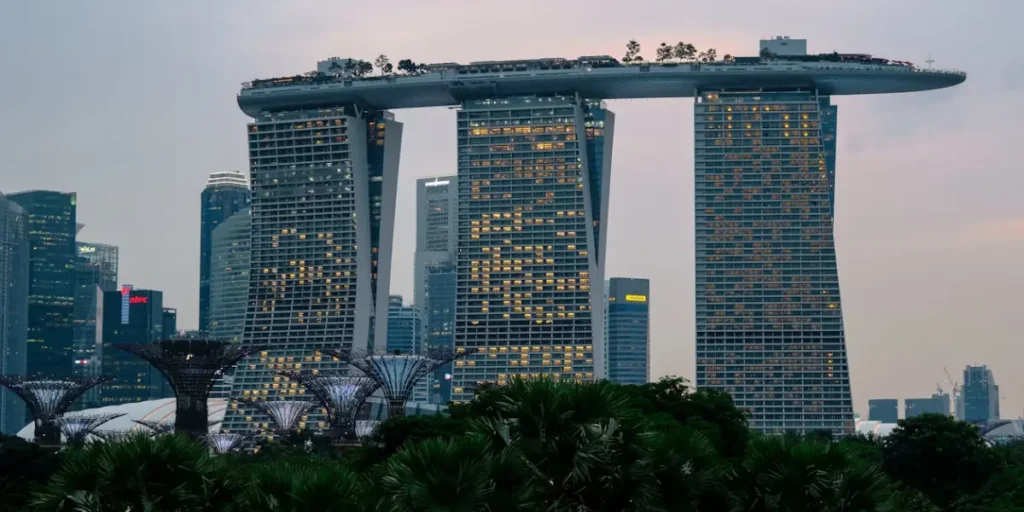
- New York City’s High Line: Located in the center of Manhattan, this elevated linear park was created on a former railroad track and is now a haven for wildlife. Its diverse range of native flora draws pollinators and serves as a haven for insects and birds. The High Line serves as an example of how abandoned urban areas can be transformed into vibrant ecosystems.
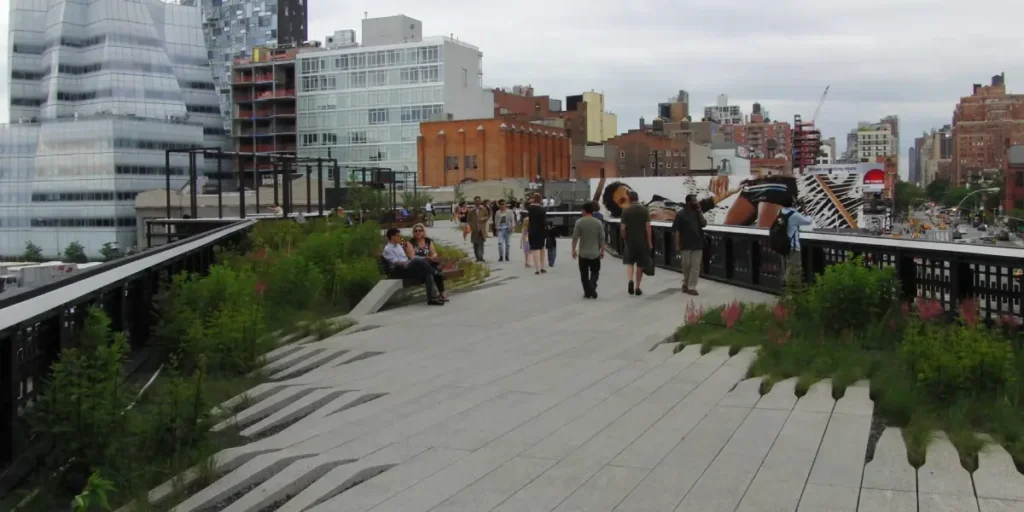
- Berlin’s Tempelhofer Feld: This large public park, once an airfield, is now a biodiversity hotspot. Unexpectedly many different kinds of animals, such as unusual birds, insects, and plants, can be found living in its open areas, grasslands, and abandoned runways. Tempelhofer Feld is a prime example of the rewilding movement and nature’s capacity to reclaim urban areas.
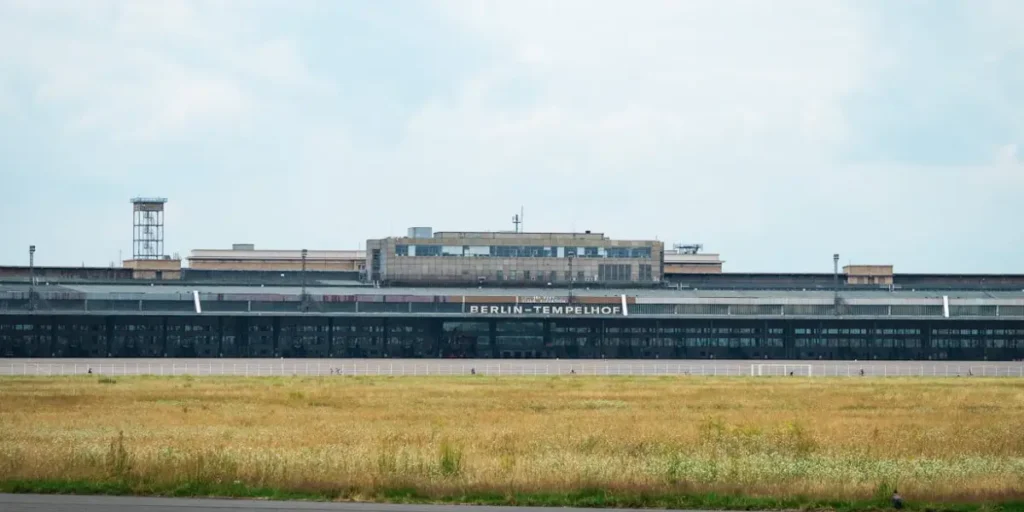
Urban park management and conservation can benefit greatly from the insights and lessons provided by these case studies, as well as the many more that exist globally. They highlight how crucial it is to take biodiversity into account when designing and planning urban areas, resulting in green spaces that not only offer leisure options but also sustain a healthy environment. They also draw attention to the ways that novel ideas, including animal corridors, vertical gardens, and green roofs, can improve biodiversity in crowded urban environments.
Through assiduously examining these exemplars of success and implementing their insights into our neighborhood parks, we may establish a system of verdant areas that foster biodiversity, augment human welfare, and propel a more resilient and sustainable urban future.
Conclusion
There is a hidden world full of natural beauties waiting to be uncovered right in the middle of our busy metropolis, among the steel and concrete. Urban parks, which are frequently disregarded as merely leisure areas, are incredibly rich in biodiversity and provide a home for a surprisingly wide variety of flora and fauna. The richness of urban parks is evidence of the adaptability and thriving of nature, even in the most unlikely locations, from the smallest insects pollinating flowers to the gigantic trees offering shade and pure air.
Urban biodiversity has to be preserved and enhanced for human and ecological reasons. Urban parks contribute to healthier and happier communities by offering priceless advantages for our social, emotional, and physical well-being. Additionally, they are essential in developing sustainable cities, reducing the effects of climate change, and encouraging a closer bond with the natural world.
It is more crucial than ever to embrace our responsibility as stewards of these priceless green places and to acknowledge the hidden beauties of urban parks as we overcome the difficulties posed by urbanization and environmental degradation. We can make sure that the rich biodiversity of urban parks survives for many years to come by encouraging future generations to embrace nature, supporting conservation efforts, and implementing sustainable practices.
Thus, the next time you’re wandering through an urban park, stop, look around, and be grateful for the little things that are all around you. Admire the vivid hues of a butterfly’s wings, pay great attention to the complex patterns of a spider’s web, or simply enjoy the soothing chorus of birdsong. The abundance and diversity of life that is there in front of your eyes could surprise you, serving as a constant reminder that nature’s charm can be found even in the middle of the city.

